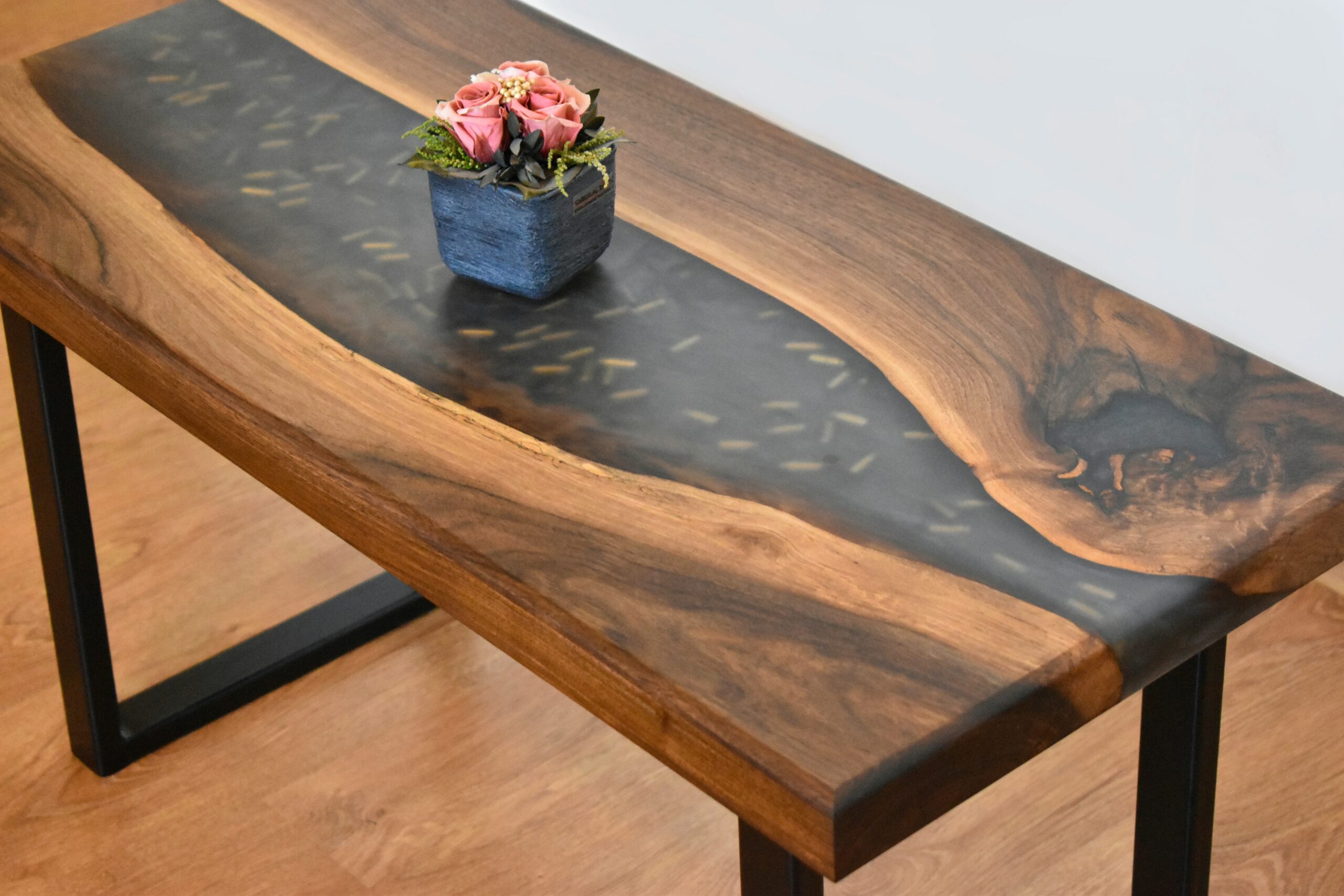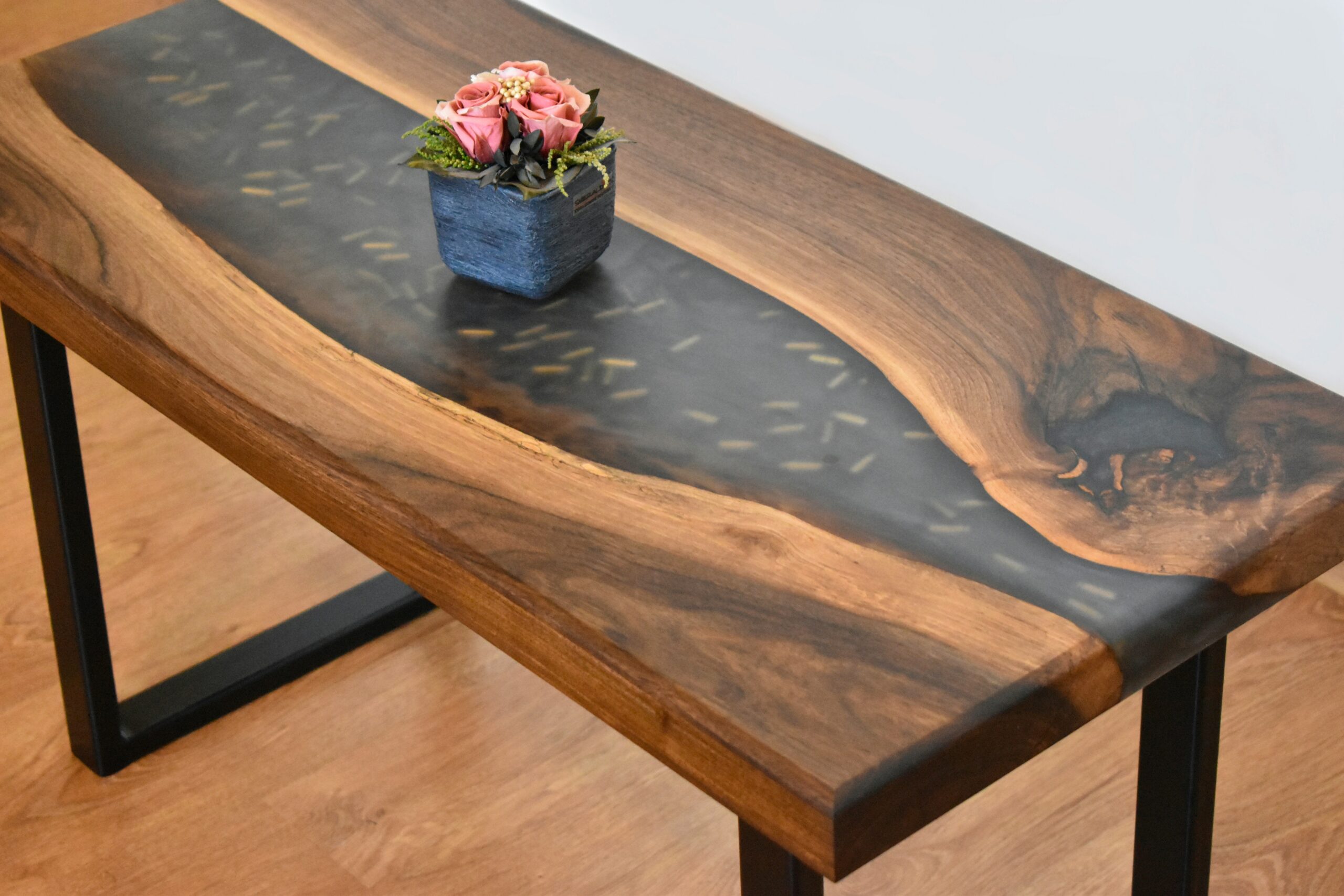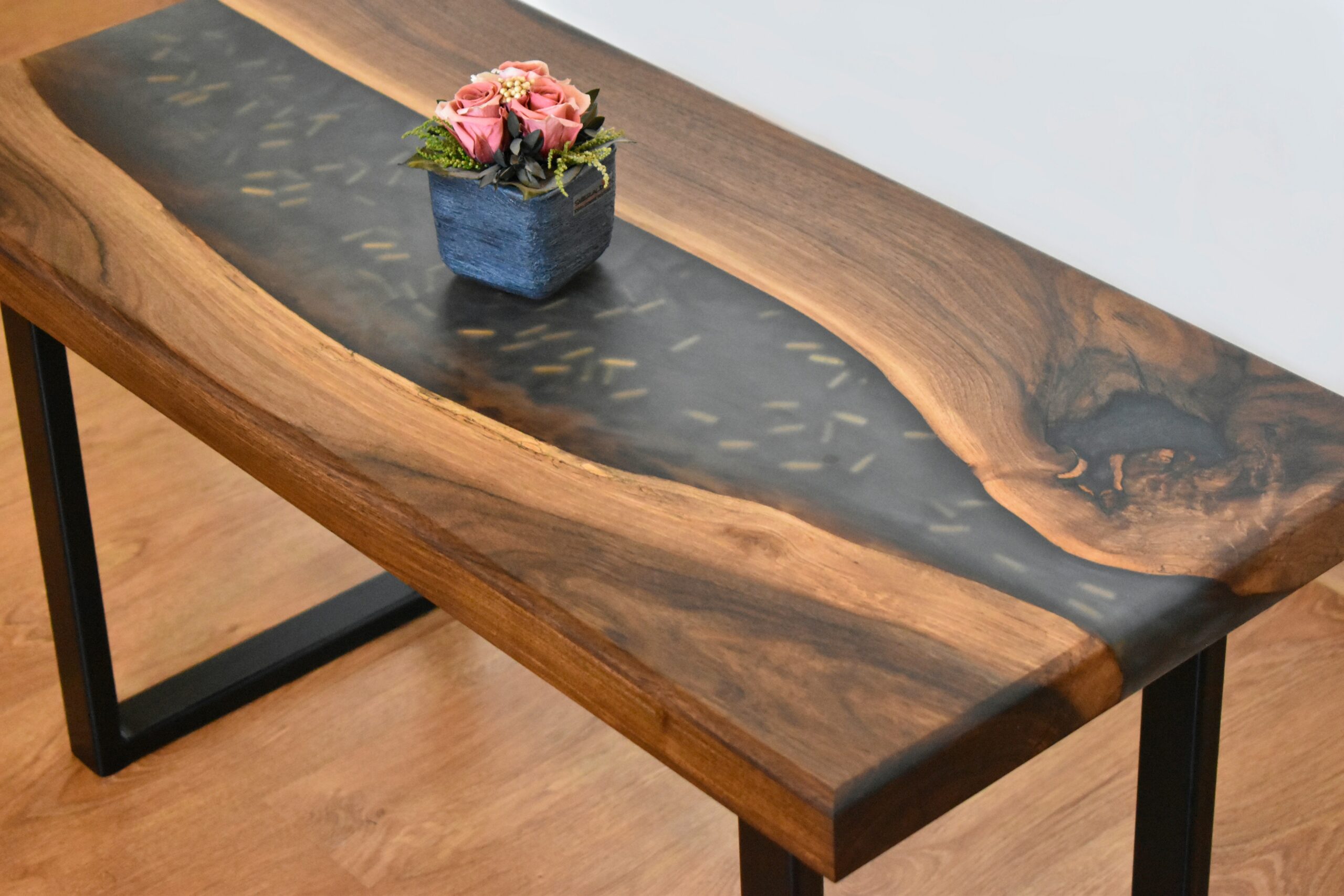- Understanding Epoxy Floor Coatings
- Assessing Your Garage’s Specific Needs
- Exploring Different Types of Epoxy Coatings
- The Importance of Durability and Longevity
- Evaluating Aesthetic Options: Colors and Finishes
- Considering Safety Features
- Installation Process and DIY vs Professional Help
- Maintenance and Care For Your Epoxy Floor
- Budgeting: Cost Considerations When Choosing Epoxy Coatings
Understanding Epoxy Floor Coatings
Epoxy floor coatings are a widely appreciated choice for garage flooring, characterized by their unique composition and application methods. Essentially, an epoxy floor coating is a mixture of resins and hardeners that, when combined, create a durable and resilient surface. This chemistry forms a chemical bond between the coating and the flooring substrate, resulting in a hardened surface that is resistant to wear and tear.
The application process for epoxy coatings typically involves several steps. Initially, the concrete floor must be prepared through cleaning and, if necessary, repairs to remove any contaminants that may hinder adhesion. Following this, a primer is often applied to ensure proper bonding. The actual epoxy coating is then poured onto the surface and spread evenly, which may require the use of rollers or squeegees. Once applied, the coating must cure for a specific period, allowing the chemical reactions to solidify the surface and enhance its performance.
One of the primary advantages of epoxy floor coatings is their remarkable durability. They are designed to withstand heavy traffic, making them an ideal solution for garages that frequently accommodate vehicles and heavy equipment. In addition, these coatings exhibit strong resistance to chemicals, including oils, gasoline, and various solvents often found in garage environments. This characteristic minimizes the risk of damage and stains, ensuring the floor remains in excellent condition over time.
Moreover, maintenance of epoxy-coated floors is relatively simple compared to other flooring options. Regular cleaning with mild detergents is usually sufficient to keep the surface pristine. Overall, the combination of durability, resistance to harmful substances, and ease of upkeep renders epoxy floor coatings a popular and practical choice for homeowners looking to enhance their garage spaces.
Assessing Your Garage’s Specific Needs
To make an informed decision when selecting the appropriate epoxy floor coating for your garage, it is crucial to begin with a thorough assessment of your specific needs. One of the primary factors to consider is the intended use of the garage. If your garage serves solely as a storage space for vehicles and seasonal items, a high-traffic epoxy coating will likely be your best option. This type of coating is designed to withstand the weight and movement of vehicles without succumbing to wear and tear.
Conversely, if your garage also functions as a workshop or hobby area, you may need to consider additional factors such as resistance to chemicals, spills, and impacts. Different epoxy formulations provide varying levels of protection against such elements, ensuring that your floor maintains its integrity under demanding conditions. Workshops, in particular, may benefit from coatings that offer superior slip resistance and easy cleaning features.
Another critical aspect to evaluate is the environmental conditions within the garage. Climatic factors such as temperature fluctuations and humidity levels can severely impact the longevity of a floor coating. For instance, epoxy applications in areas with high humidity may require specific primers or moisture barriers to prevent adhesion problems. Meanwhile, garages exposed to extreme temperatures may benefit from epoxy coatings that can endure thermal expansion and contraction without cracking.
Lastly, assess your current flooring situation. If the existing floor is cracked, peeling, or stained, it may necessitate a more extensive preparation process, including repairing damages or applying a self-leveling compound prior to the epoxy installation. This thorough evaluation of usage, environmental influences, and current conditions will guide you in choosing the epoxy floor coating that best meets your garage’s specific needs.
Exploring Different Types of Epoxy Coatings
When selecting an epoxy floor coating for your garage, it is essential to understand the various types available in the market. Each type of epoxy coating comes with distinct characteristics that cater to specific needs and preferences. A primary category includes 100% solid epoxy, which comprises no solvents or water. This formulation results in a thicker application that offers superior durability and resistance to chemicals, making it an excellent choice for heavy-duty environments. However, the downside is that this type requires professional installation due to its complex application process and extended curing times.
Another option is water-based epoxy, which, as the name suggests, uses water as the primary solvent. This type is known for its ease of use and environmentally friendly properties, as it contains low levels of volatile organic compounds (VOCs). Additionally, water-based epoxies offer quick drying times and are ideal for DIY applications. However, they might not provide the same level of durability and chemical resistance as their 100% solid counterparts. For those seeking a balance between ease of application and performance, this might be the suitable choice.
Lastly, solvent-based epoxy offers a different set of advantages and drawbacks. This variant has a solvent base, which allows for a thinner application than 100% solids. It also has a fast setting time and provides good adhesion and durability. However, caution should be exercised as solvent-based epoxies emit higher levels of VOCs, making suitable ventilation essential during application. While they can be easier to work with than 100% solid epoxies, the environmental impact and potential toxic exposure are significant considerations.
In conclusion, understanding the differences between these epoxy coatings—100% solid, water-based, and solvent-based—will empower you to make an informed choice that aligns with your garage needs and personal preferences.
The Importance of Durability and Longevity
When selecting an epoxy floor coating for your garage, the factors of durability and longevity cannot be overstated. These two attributes are essential for ensuring that your flooring can withstand the unique challenges presented by a garage environment, particularly heavy vehicle traffic. Garages often experience significant wear and tear from the weight and movement of vehicles, making the choice of an appropriate flooring material crucial to maintaining an appealing and functional space.
Furthermore, the resistance to stains and chemical spills is another critical aspect of durability. In a garage, exposure to oils, fluids, and various cleaning agents is common. An epoxy floor coating not only provides a sleek appearance but also acts as a robust barrier against these potentially damaging substances. High-quality epoxy products are designed to resist common chemical spills, making floor maintenance easier and less frequent. This enhances both the aesthetic and functional qualities of your garage area.
Investing in a superior epoxy coating also plays a significant role in minimizing maintenance needs over time. A durable coating can endure the rigors of daily use, which reduces the frequency of repairs and reapplications. This not only saves money in the long term but also ensures that the garage remains a safe and usable space. The longevity of a good epoxy floor can mean years of reliable service without the need for immediate replacement, which is advantageous for homeowners looking to maintain their property efficiently.
In summary, the importance of durability and longevity in choosing an epoxy floor coating cannot be overlooked. By carefully selecting a high-quality product, owners can ensure that their garage floor will withstand heavy use while remaining aesthetically pleasing and easy to maintain.
Evaluating Aesthetic Options: Colors and Finishes
The aesthetic appeal of your garage floor can significantly impact the overall look and feel of your garage space. When choosing the right epoxy floor coating, it is essential to consider color options, finishes, and the potential for decorative enhancements such as flakes. Epoxy coatings are available in a wide range of colors, allowing homeowners to select hues that complement their existing decor or reflect their personal style. Common choices include neutral tones like gray or beige, which provide a sleek and modern appearance, and bolder options such as cobalt blue or fiery red, which can make a statement.
In addition to color selection, the finish of your epoxy coating plays a crucial role in both aesthetics and functionality. Glossy finishes, for instance, create a vibrant, reflective surface that enhances brightness in the garage, while matte finishes lend a more understated and rugged appearance. When selecting a finish, it is important to consider how much maintenance you are willing to commit to, as glossier surfaces may require more frequent cleaning to maintain their shine.
Another exciting option to enhance the artistic quality of your garage floor is the use of decorative flakes. These flakes can be mixed into the epoxy to create a unique and textured appearance. Available in various sizes and colors, decorative flakes enhance the durability of the flooring while simultaneously elevating its visual appeal. It is important to balance aesthetic choices with functionality, ensuring that your selected coating not only looks good but also withstands potential wear and tear from vehicles and foot traffic.
Ultimately, selecting the right color and finish for your epoxy floor coating should be a reflection of your style and the intended purpose of the garage. With careful consideration of these aesthetic options, you can create a beautiful and inviting space that enhances the overall functionality of your garage.
Considering Safety Features
When choosing an epoxy floor coating for your garage, safety features should take precedence in your decision-making process. One of the most critical aspects to consider is the presence of non-slip finishes. These formulations create a textured surface that significantly reduces the risk of slips and falls, particularly in environments where moisture, oil, or other substances may accumulate. Ensuring that the epoxy coating has a proper non-slip rating can enhance traction underfoot, making it a fundamental characteristic for any garage space.
Another vital safety feature to consider is UV stability. Garages often have varying light conditions, and a coating with poor UV resistance is susceptible to fading and degradation over time. This can not only compromise the aesthetic appeal of your flooring but may also lead to the formation of cracks or peeling, which can create tripping hazards. Selecting a high-quality epoxy coating designed to withstand UV exposure helps maintain the surface’s integrity and overall safety.
Moreover, it is essential to assess how the epoxy flooring reacts to chemical spills, particularly substances like automotive fluids, oil, and cleaning agents that are commonplace in garages. Epoxy coatings that are resistant to such chemicals can aid in maintaining a secure environment by preventing slippery surfaces that can result from these spills. Look for products that state their chemical resistance clearly, as this can affect not just safety, but longevity and maintenance as well.
In conclusion, evaluating the safety features of epoxy floor coatings—such as non-slip finishes, UV stability, and chemical resistance—is paramount to creating a secure and functional garage environment. By prioritizing these attributes, you can ensure that your garage not only looks good but also remains safe for everyday use.
Installation Process and DIY vs Professional Help
The installation process of epoxy floor coatings is essential to achieving a durable and visually appealing finish in your garage. Proper surface preparation is the first step, involving cleaning the concrete thoroughly to remove any dirt, oil, or grease. It may be necessary to grind or shot-blast the surface to ensure that the epoxy adheres effectively. Any cracks or imperfections should be repaired with suitable fillers to create a smooth substrate for the epoxy application.
Once the surface is adequately prepared, the application methods can vary. Epoxy flooring typically consists of multiple layers, including a primer, the base coat, and a top coat. The primer should be applied first to enhance adhesion. After it has cured, the base coat is mixed with hardener and applied uniformly to the surface, often using a roller or squeegee for even distribution. This base coat usually requires a specific curing time, typically ranging from 12 to 24 hours before additional layers can be added. Finally, a top coat is applied for added protection, which can also take additional time to cure.
The decision between executing a DIY installation or hiring a professional hinges on several factors. While DIY installation can be cost-effective and offer a sense of accomplishment, it demands considerable skill and knowledge to ensure proper application. Amateur mistakes, such as improper mixing ratios or inadequate surface preparation, can lead to peeling or premature wear of the epoxy. On the other hand, hiring professionals guarantees a high-quality finish and a quicker turnaround time, albeit at a higher cost.
Ultimately, evaluating one’s capabilities and the complexity of the installation is crucial in deciding whether to undertake the project personally or seek professional assistance. A clear understanding of the steps involved will help readers make a well-informed choice that suits their needs.
Maintenance and Care For Your Epoxy Floor
Maintaining an epoxy floor is crucial to ensuring its longevity and aesthetic appeal. Regular upkeep is relatively straightforward and can significantly enhance the performance of the coating over time. One of the primary aspects of maintaining an epoxy floor involves establishing a consistent cleaning routine. For daily or weekly cleaning, using a rubber broom or dust mop can effectively remove dirt and debris without scratching the surface. For deeper cleaning, a mixture of warm water and a pH-neutral cleaner will work effectively. It’s advisable to avoid harsh chemicals or solvents, as they can damage the epoxy finish.
When it comes to dealing with spills and stains, prompt action is key. If a spill occurs, whether it be oil, paint, or any other substance, it should be cleaned immediately using a soft cloth or paper towel. For more stubborn stains, a non-abrasive cleaner can be applied, but care should be taken to test it on a small area first to ensure compatibility with the epoxy. Additionally, using a squeegee or wet/dry vacuum can help remove larger liquid spills efficiently, preventing them from setting into the coating.
Another essential aspect of maintaining an epoxy floor is protecting it from potential damage. Suffice to say, placing mats or rugs in high-traffic areas can minimize wear and tear. When using heavy equipment or vehicles in the garage, it’s prudent to employ protective pads or wheels to reduce the risk of scratching the surface. Lastly, periodic inspections of the epoxy floor are recommended. Checking for signs of wear or damage can help address issues early on, prolonging the life of the floor coating.
By adhering to these maintenance tips, homeowners can ensure that their epoxy floor remains in excellent condition, highlighting the practical and aesthetic benefits of their investment.
Budgeting: Cost Considerations When Choosing Epoxy Coatings
Cost is often a significant factor when selecting epoxy floor coatings for your garage. Various types of coatings have varying price ranges, typically starting from $2 to $5 per square foot for basic options, while more advanced formulations can range from $5 to $12 per square foot. This considerable difference in cost can be attributed to the quality of materials, the complexity of the application process, and the expected durability of the coating.
When budgeting for epoxy coatings, installation options also play a crucial role in overall expenses. While some homeowners may opt for a DIY approach, potentially saving on labor costs, it is essential to understand that professional installation, which can cost an additional $1 to $3 per square foot, often provides greater long-term assurance and finish quality. Therefore, weighing the pros and cons of DIY versus professional application is vital for an economically sound decision.
Additionally, several factors can influence the pricing of epoxy coatings. The condition of the existing concrete floor, the need for surface preparation, and the geographic location can all contribute to the final cost. For instance, if your garage floor requires extensive repair or leveling before the epoxy application, these additional services may further inflate the total expenses.
To find cost-effective solutions without compromising quality, consider gathering multiple quotes from reputable contractors. Comparing different suppliers and installation services can reveal significant price variations. Furthermore, keep an eye out for seasonal discounts or promotional packages that can reduce costs without sacrificing the quality of materials.
Ultimately, thorough research will better equip you to allocate your budget effectively, ensuring you choose the right epoxy floor coating for your garage while adhering to your financial limitations.







